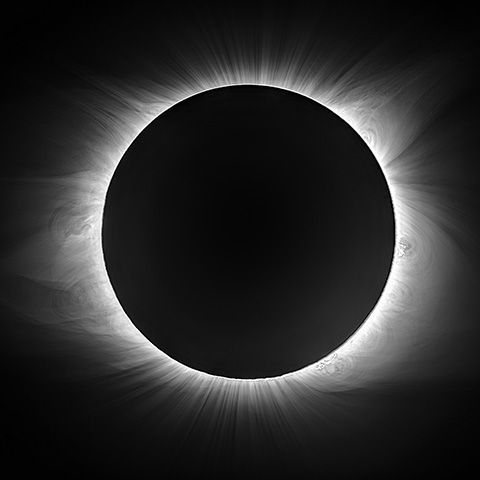

Yet in doing so, they’ve blocked out the region where CME acceleration occurs. Most solar imagers have either focused on just the solar disk or blocked it out with coronagraphs to concentrate on just the Sun’s very faint corona. “Either you saturate the solar disk or you can’t see the corona surrounding it.” “It’s a problem of extreme dynamic range,” Mason said. Imagine how much worse the problem is when scientists try imaging the corona around the Sun and its blinding disk, which is 10,000-100,000 times brighter. Smartphones can mitigate this effect slightly by photographing with high dynamic range (or HDR), but most cameras cannot handle an extreme contrast between bright and dark sections. Tap the screen to focus on the foreground, and the sky appears too bright and blown out (or overexposed, in photography parlance) tap the phone to focus on the sky, however, and the foreground turns too dark (or underexposed). Try taking a photo with a smartphone during sunrise or sunset and you’ll understand the problem. Physicists have suggested several possible mechanisms for this sudden propulsion, but the actual one is a mystery because of a major limitation of previous imagers: their dynamic range. When CMEs erupt, a period of acceleration close to the Sun’s surface rapidly propels the particles into space. “The issue is largely a lack of the right data to make robust predictions.” “It’s difficult to forecast when the eruptions will occur and when they’ll arrive at Earth in part because there’s a critical gap in our ability to see them,” said Mason. Those directed at Earth can wreak havoc on its “technosphere” - from interrupted GPS signals to knocked out airplane communications systems and blackouts on the ground - and pose potentially lethal hazards to astronauts. Every month, an average of roughly 100 of these explosions blast billions of tons of particles with 10 times the energy of the asteroid impact that wiped out the dinosaurs. “For the first time, from Earth’s perspective, we’re going to have an uninterrupted view of how CMEs are born, accelerated and ultimately progress out into space - an ability we briefly had in the 1990s with the SOHO mission but lost after a technical failure and never had again,” said Dan Seaton, a solar physicist with the Southwest Research Institute in Colorado and the project scientist on the SunCET mission.ĬMEs are enormous clouds of entangled magnetic fields and hot, charged atoms and electrons (called plasma) that burst from the Sun’s blazing atmosphere at speeds of up to almost 1,900 miles per second (3,000 kilometers per second). Led by research scientist and aerospace engineer James Mason at the Johns Hopkins Applied Physics Laboratory (APL) in Laurel, Maryland, the Sun Coronal Ejection Tracker, or SunCET, mission aims to fill a persistent gap in our physical understanding of coronal mass ejections, or CMEs, while also providing a testbed for space weather monitoring and innovation through a small satellite.

This explosion was especially (and unusually) fast, propelling particles into space at over 1,800 miles per second.Ī new mission to unveil the mechanisms behind some of the Sun’s most explosive outbursts was selected as one of four new CubeSat missions for NASA’s Heliophysics Flight Opportunities in Research and Technology program, the agency announced in December. These powerful explosions can blast a cloud of billions of tons of particles into space at incredible speeds. An image captured by NASA’s STEREO mission, which Johns Hopkins APL leads, of a coronal mass ejection (CME) on July 23, 2012.


 0 kommentar(er)
0 kommentar(er)
